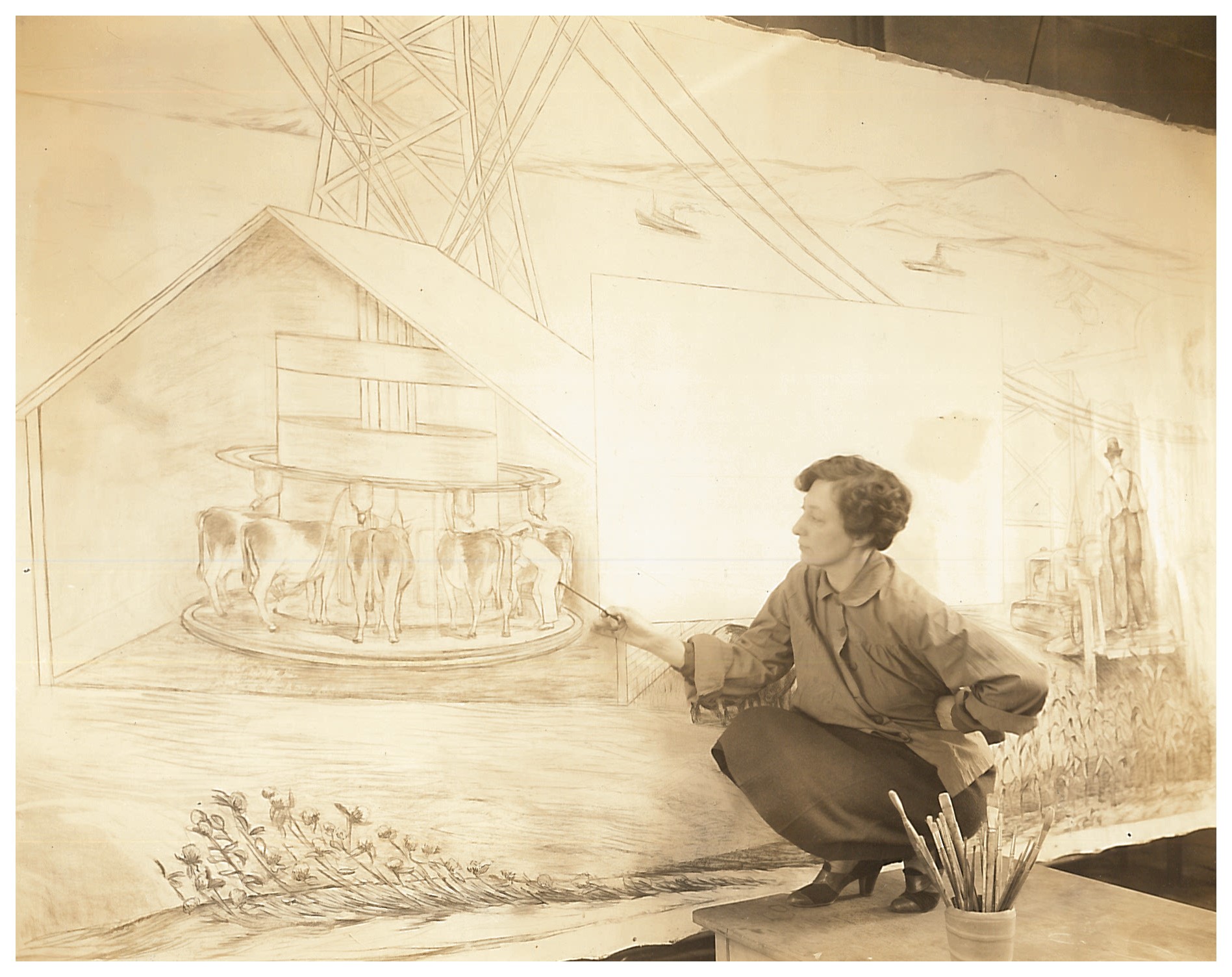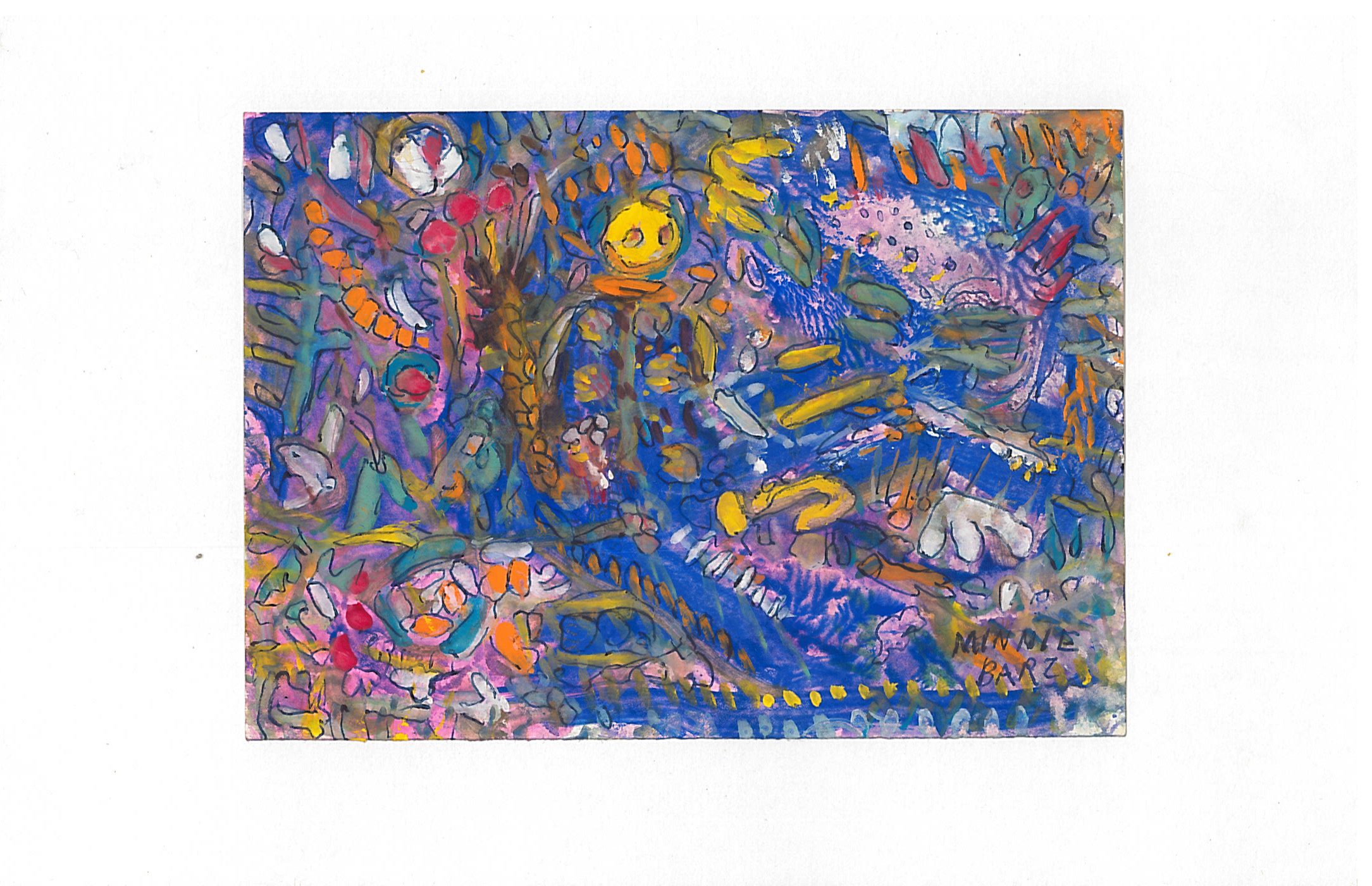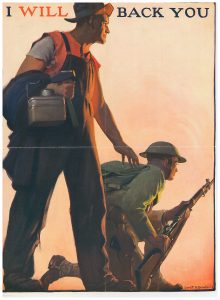The Smithsonian Libraries and Smithsonian Gardens presented The Lost Bird Project exhibition from March 2014 – May 2015. Housed in the Smithsonian’s gardens, it featured large-scale bronze sculpture memorials of five extinct North American birds: the Carolina parakeet, the Labrador duck, the passenger pigeon, the great auk, and the heath hen. The Lost Bird Project dedicated one bird, the passenger pigeon, to remain permanently with the Smithsonian – in front of the National Museum of Natural History – close to Martha, the last passenger pigeon, who resides in the museum.
Category: Exhibitions
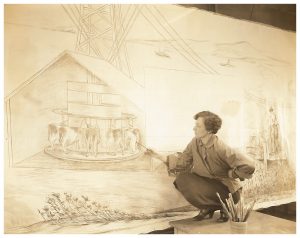
In the series called “The ABCs of the Corcoran Artist Files” the American Art and Portrait Gallery (AA/PG) Library will explore a letter of the alphabet using materials from the recent Corcoran Vertical File collection by featuring artists whose surnames begin with that letter. The letter “C” does not disappoint, and we have some great materials to share.
Back to school means back to books! And why not tote around your favorite tomes in a Color in a New Light tote bag? Through the Smithsonian Libraries exhibition Color in a New Light , visitors follow the theme of color through the collections and make a few unexpected connections and discoveries. Now, book lovers from near and far can bring home a piece of Color with this promotional tote bag, available through Tfund:
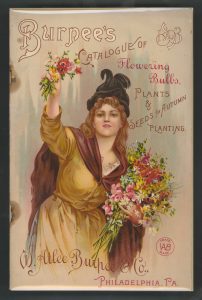 For as long as he can remember, George Ball, Chairman and CEO of W. Atlee Burpee and Chairman of the Board of the Burpee Foundation, has been gardening. As a young boy, his grandmother would send him to the yard to weed, watching him from her rocking chair on the porch. As George recalls, at the beginning of one spring, tulips popped up and he was enraptured by their beauty – he’d never seen anything like them. Curious, he put his nose into a tulip; he was so small that the flower engulfed his entire face. George remembers feeling absorbed by the wonder of the tulip; it was like a little world, with the petals enveloping his cheeks and an ant crawling around inside. A fascination, love, and reverence for flowers was born, as the tulip encounter tickled his senses of sight, smell, and touch. George was hooked, and gardening eventually became his lifelong work and passion.
For as long as he can remember, George Ball, Chairman and CEO of W. Atlee Burpee and Chairman of the Board of the Burpee Foundation, has been gardening. As a young boy, his grandmother would send him to the yard to weed, watching him from her rocking chair on the porch. As George recalls, at the beginning of one spring, tulips popped up and he was enraptured by their beauty – he’d never seen anything like them. Curious, he put his nose into a tulip; he was so small that the flower engulfed his entire face. George remembers feeling absorbed by the wonder of the tulip; it was like a little world, with the petals enveloping his cheeks and an ant crawling around inside. A fascination, love, and reverence for flowers was born, as the tulip encounter tickled his senses of sight, smell, and touch. George was hooked, and gardening eventually became his lifelong work and passion.
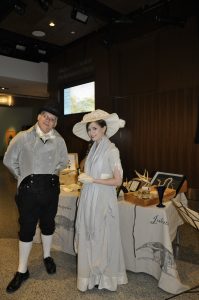
The term “Natural Philosopher” was common in the early 19th century for someone who studied nature and the physical universe. It was not until the mid-19th century onward that the term scientist becoming more popular. Natural philosophers often pursued a wide variety of both scientific and artistic interests and offer a colorful glimpse into the world they inhabited.
Sharpen your colored pencils! Tomorrow, August 2nd , is National Coloring Book Day! To celebrate, we’ve put together a second set of coloring pages based on images in our collection. more »

